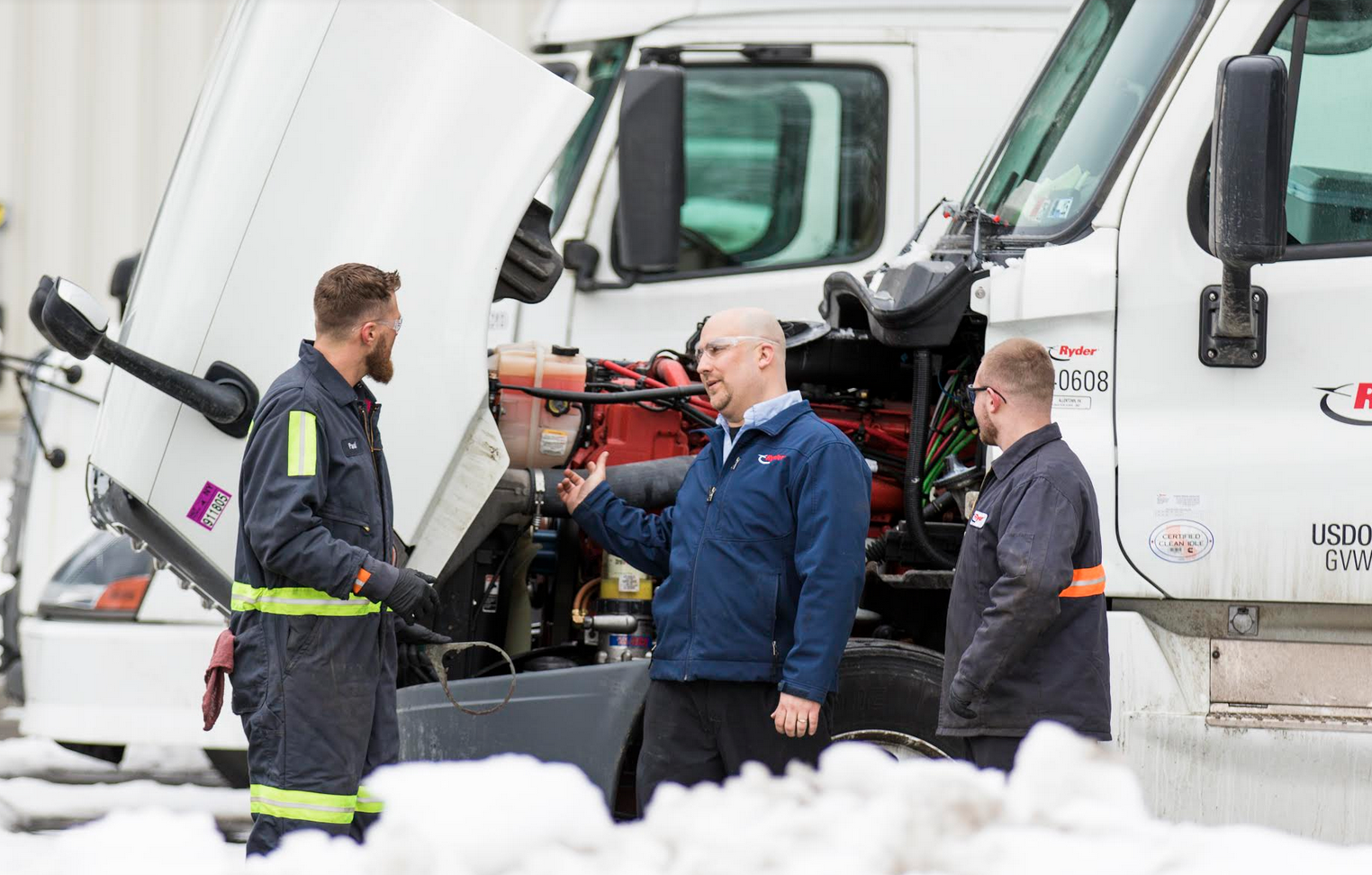Polar Vortex Looms, Is Your Fleet Ready?
By: Bill Dawson, VP Maintenance and Engineering, Ryder System
The Polar Vortex is back, with 80 percent of the country set to experience temperatures below freezing at some point this week. Fleet operators and drivers should prepare for temperatures as low as 40 degrees below zero.
Preventive driving habits with an emphasis on winter driving safety can make all the difference when driving in winter weather. This means doing things like putting anti-gel additives in your fuel tank, updating your tires, and performing quality pre-trip inspections.
Here’s Ryder’s Top 5 Winter Preparedness Tips for Safe Driving:
- Before departing, have a contingency plan for what you will do if weather conditions deteriorate.
- Maintain at least a half tank of gas during winter season. Along with the correctly blended fuel,this will keep the fuel lines from freezing.
- Keep an emergency supply of water, non-perishable food, extra clothes, and blankets in case of a vehicle breakdown or other emergency.
- In a skid, turn into the skid. Depress the clutch fast; look at the left mirror only; steer and counter-steer as fast as you can to get back in front of the trailer. According to Road & Truck magazine, drivers face the greatest risk of losing traction on snowy, wet roads when temperatures are between 22 and 35 degrees Fahrenheit. At colder temperatures (10 to 20 degrees or less), icy and snow-covered roads allow more traction than at those warmer temperatures.
- Don’t ask your truck to do more than it can. If you don’t feel comfortable driving, park it. Period.
For more winter preparedness tips, visit our Winter Preparedness Hub, complete with videos and downloadable tip sheets and checklists.
Category: General Update











